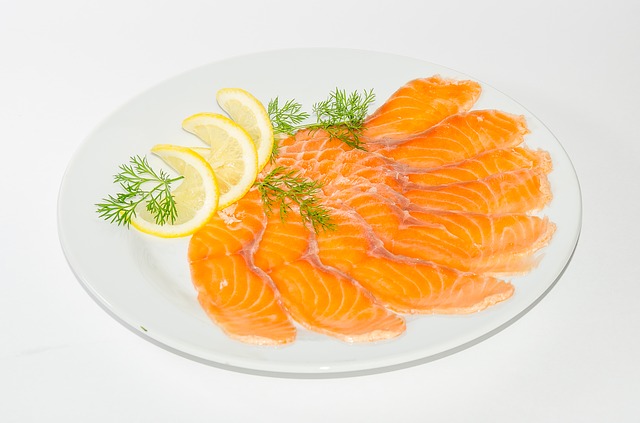
ENVIRONMENTAL FACTORS TO BE CONSIDERED WHEN CHOOSING WHAT FISH YOU WANT TO EAT
Our oceans are impacted greatly by our need to consume fish. Our fish consumption has increased faster than our population growth since 1961 – it rose from 9.1 kilograms in 1961 to 20.2 kilograms in 2015. Overexploitation and depletion of fish stocks have led to a global 50% reduction in population since the 70s. This is a huge number. The decline can be attributed to several factors.
Bycatch: this refers to when other marine animals are also captured by fishermen looking for a completely different type of species of fish. These animals are usually thrown back into the sea, but they rarely survive.
Habitat Destruction: The destruction of the natural habitats of marine animals by fishing and boating.
Climate Change: The amount of fish has gone down significantly simply because of global warming. If you would like maldon smoked salmon then see here.
Consumer Demand: How much fish we eat.
Global Pollution: Everything we throw down the drain eventually finds its way to someone of water. This includes personal care products and cleaning products as well as clothing.
Is SUSTAINABLE Seafood Always Healthy?
Finding sustainable and nutritious fish options is the biggest challenge. Fish are an excellent source of Vitamin D, protein, Omega-3, fatty acids. However, depending on where they came from, there may be ocean contaminants or antibiotics. While seafood recommendations will usually include information about how the fish was caught and farmed, it doesn’t always take into account other factors such as pollution, as well as hormones, that could affect our health.
Microplastics can be found in sustainable fish, for example. These microplastics can cause inflammation and affect the microbiome. Heavy metals can cause a variety of harmful health effects. It’s difficult to determine if we’re eating these substances since there isn’t a list of fish species that can tell us which ones are the highest in each pollutant. Some are more specific than others, such as mercury, but it is not an exhaustive list.
Although fish can be considered sustainable or have the “Ocean Wise” seal of optimal sustainability, this does not mean they are healthy.
CONSIDERATIONS WHILE CHOOSING FISH
The seafood industry is an ever-changing industry and can seem overwhelming for those that are looking at it from the outside. Several things that you should consider when choosing fish has to do with the way they are produced which comes down to whether they are captured in nature, or if they are produced on a fish farm.
Where Should We Obtain Fish From?
Wild salmon are caught from places like lakes, oceans and streams. Both wild salmon and farmed salmon can be fished from their natural environment (oceans, rivers, streams, etc.). They are kept in pens and given a specific diet which may include fish food in the form of pellets. Most people believe that wild salmon, however, is superior to any fish that is raised in this manner. This is true in many cases, if not in every single situation. There are important nutritional differences between naturally obtained salmon and farmed salmon.
What you will often find, especially with wild salmon, or very high quantities of omega 3 to omega 6 fatty acids. While salmon from farms is slightly higher in omega 3, it contains excessive amounts of omega 6 which can cause inflammation if you consume too much of it. It also has less DHA than wild salmon which may factor into the diets of most people.
Comments are closed